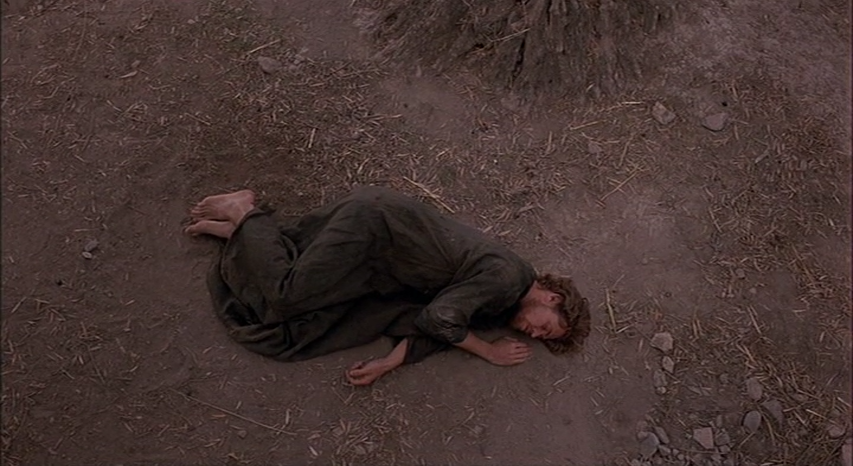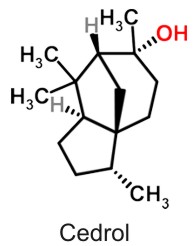Before sharing some of the research being done in Nature and Forest Therapy I will write about anxiety and depression, two conditions we are trying to heal with Nature exposure. They are part of the sickness and nature is the Cure.
Some quotes:
"Anxiety is the most common mental-health disorder in the United States, affecting nearly one-third of both adolescents and adults, according to the National Institute of Mental Health." Link
"Major depressive disorder affects approximately 14.8 million American adults, or about 6.7 percent of the U.S. population age 18 and older, in a given year." (Archives of General Psychiatry, 2005 Jun; 62(6): 617-27)
"About six million people are affected by late life depression, but only 10% ever receive treatment." (Brown University Long Term Care Quarterly, 1997)
Some writers and thinkers claim that being alive at this time on the planet means feeling the threat of our own demise, calling it "extinction anxiety". Link
For many of us, just the pace of our lives is dangerous - a chronic state of urgency - never being on time, not having enough time, never going fast enough, doing enough, making enough, to keep up on the merry go round that is participation in the industrial growth society. This leads to higher blood pressure, increased heart rates, higher levels of cortisol (the stress hormone) in our systems, and increased systemic inflammation. All of these combined can cause a person to age more quickly and die younger.
Some describe this state of mind as having the gas pedal floored while at the same time stomping on the brakes. Most people feel stress and anxiety in their solar plexus - just above the navel - a tense knot of energy.
As the pace of life continues to speed up and get more demanding and complicated it is ever more important to seek out effective,safe, healthy treatments to balance and sooth ourselves. Traditional solutions for stress, anxiety, and depression have mostly been medication and, at times, talk therapy. Both are useful and necessary in some instances, but Nature is one of the oldest and most effective treatments for what ails the modern heart-mind and it also puts much of the responsibility for healing into the hands of the patient.
Before deciding to slay the dragon it is important to understand its nature. How strong, pervasive and established are the dangers of anxiety, stress, and depression? What am I up against?










































